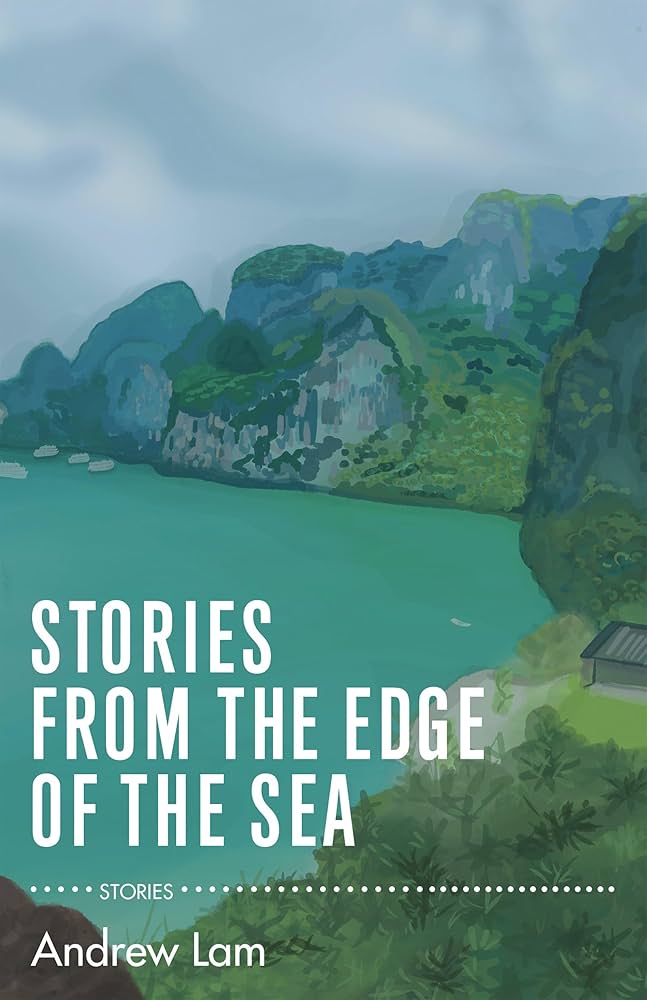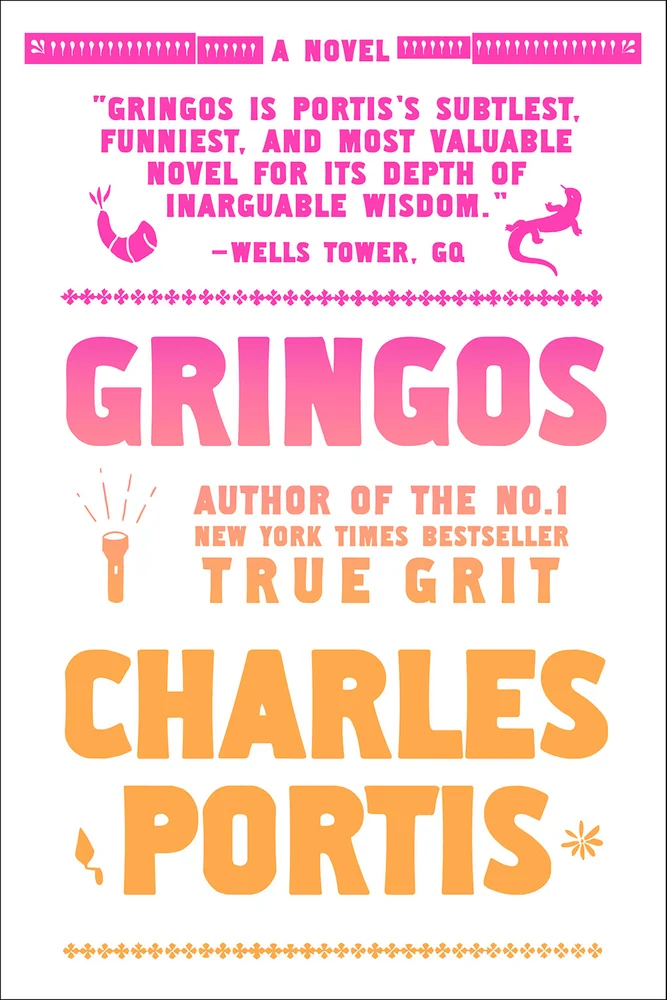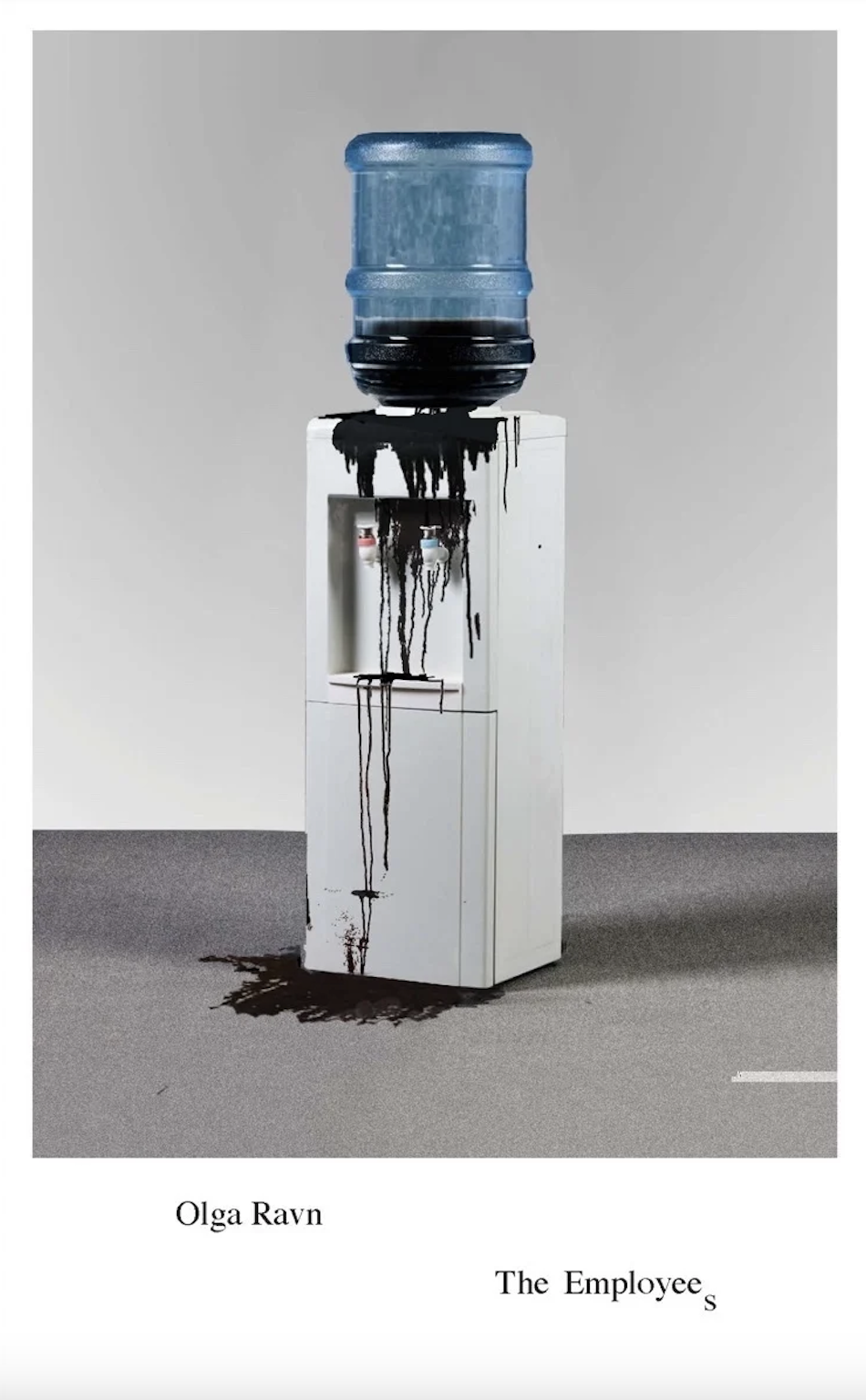Book by MARIA TERRONE
Review by SUSAN TACENT

Maria Terrone’s grandparents were among the estimated nine million people who emigrated from Italy between 1881 and 1927. While her parents were born in the United States, her connection to Italy is deep, informing her identity and experiences as much as being a lifelong New Yorker has.
In At Home in the New World, Terrone shares how she has been shaped by this double set of roots. A collection of 21 essays, the book is divided into five sections — “Hide and Seek,” “Obsessions,” “The Italian Thing,” “At Work: Factories and Fifth Avenue,” and “From New York to the World” — that follow a loose progression from childhood to first jobs to her working life as an editor. Terrone is also an accomplished poet, and her poet’s sensibility lights up the prose — her sentences are shapely, lyrical, and full of descriptions that bring her words to life.
Though Terrone’s essays are personal in nature, this book is not a memoir. She paints vivid miniatures of the worlds she passed through, making them accessible to readers who may have had very different experiences, thus enabling empathy. Terrone’s anecdotes accumulate from essay to essay to recreate for the reader the urban environment she grew up in and loves. She animates this with people she knew and cared about. She shares important details: her preferences, her fears, what makes her sad, what gives her joy. For instance, in “Mystery, Menace and Early Sorrow,” Terrone remembers what it was like to be a nine-year-old girl sharing a hospital room with a younger boy whose cries were silenced by the awful nurse threatening to use the needle. In “The Cloak Room,” she recreates the morning she and another first grader hid in the cloak room of St. Joan of Arc, a place of “dampness and old wood,” where they’d “sometimes feel tiny nail heads in the floorboards pricking [their] heels” as they changed out of their winter boots. And in “My Lost Kingdom,” she describes blissful workday lunch hours browsing the aisles of a factory-sized, self-service shoe store, “a domain of great calm and beauty filled not with gold and jewels, but shoes the colors of wildflowers.” Reading Terrone’s essays, filled with honesty and vulnerability, I began to feel fortunate for the chance to know her; I felt like I was making a new friend.
Through her discussion of the jobs she’s held over the years, Terrone brings the reader with her to several particular times and places in New York City. In the relatively brief “The Chemical Company,” Terrone is 19 and working as a secretary, her last summer job before marriage. Every weekday she rides the elevated train from Queens to Long Island City, one of the few above-ground routes. From the window, she watches the residential neighborhood disappear, and, she writes, “the factory building closed in on us, nearly scraping the slow-moving train.” Once, “through a grimy broken window [she] saw a blouse suspended in the hot breath of a standing fan and couldn’t tell if the arms strangled or hugged as the blouse twirled in a kind of daze on its huge hook.” This eerie moment, memorably rendered, reveals for the reader the isolation and lack of agency Terrone felt working at what would prove to be her toughest job.
In “Land of the Wounded: A Girl in the V.A.,” Terrone looks back on her 16 year old self during the summer of 1967, hired as part of an all-female work force to transcribe the devastating therapy tapes of men who’d been to war. Her poet’s touch brings the workroom to life:
“I worked in a large room painted bile green with 14 other Dictaphone typists, all full-timers, all sitting at identical gray steel government-issued desks with In Boxes stacked high with tapes each morning. Despite all of these office mates, the ear plugs kept me-–and everyone else-–cut off from one another.”
That whole summer, remarkably, the women never once talked about politics or war. Terrone remembers browsing nearby discount stores during her lunch hour for relief from the difficult listening. She remembers the stark difference between the robust men depicted in the lobby’s majestic Works Progress Administration mural and the one-armed man operating the elevator she rode every workday. She remembers the Dictaphone in her ear telling stories of “rages, alcoholism, the frustrations of chronic pain, impotence and so many other struggles” while her “right foot pumped the pedal like a piston and [her] fingers tapped, a super-fast machine.” And she remembers how, if she unplugged the ear jack, the men’s voices would disappear, replaced by the “stop-and-start tap of feet on pedals and the bells of typewriter carriages.”
With these exquisitely detailed recollections, Terrone also brings to life the people she worked with, revealing her belief in a shared humanity as she does so. In “Balance,” she gives us Blanche, the middle aged woman who taught Terrone, then 15 and working her first summer job, the kindness of packing grocery bags so customers wouldn’t be overly burdened. In “The Beauty Company,” she introduces the reps she met while working as a copywriter at Avon Products – women who treated their customers like family – one rep babysat in an emergency, one delivered milk in an ice storm, one drove her customer to a doctor’s appointment, and one discouraged a financially struggling customer from buying anything at all.
From the start of this book, I appreciated Terrone’s deep affection for the city. Terrone grew up in Jackson Heights, Queens and I was born and grew up in Brooklyn. I knew how she felt after young graffiti artists, their work done, left a subway car in which she was the only rider. I knew the uneasy feeling of not knowing if a person asking for money was really in need, or scamming. And the uncanny beauty of seeing into a stranger’s window from a slow-moving train.
But this is not only a New Yorker’s book. The publisher, Bordighera Press, is the self-proclaimed “foremost publisher of italianità in North America,” and has been publishing Italian-American poetry and prose since 1989. In this book’s third section, “The Italian Thing,” Terrone addresses her ancestral past and her identity as a second-generation Italian-American.
She recalls going from Queens to East Harlem to visit her Sicilian grandmother Nunzia – “black-clad, aproned, tiny, her yellow-gray hair pulled into a bun…who jabbers in a strange language and always tries to press a dollar bill into [her] hand.” This was the woman who, Terrone later learns, sent care packages (food, clothing) to Sicily “inside big white sheets that she stitched closed along the seams and then sealed with wax.” Visiting her grandmother, Terrone felt she was “crossing not the East River but an ocean into a foreign country.”
Terrone also describes being hired as assistant editor for a newly launched New York monthly magazine “celebrating all things Italian.” She was thrilled to discover that the office “had a full-size kitchen and co-workers just as crazy about cooking as [she] was.” They often prepared lunches for one another at home, “elaborate, multi-course banquets suitable for the Medicis, each dish carefully carried on the subway into Manhattan from [their] far-flung neighborhoods in ‘the outer boroughs,’” which leads her to remember the time she gave her seat to her lasagna Bolognese (the train was crowded and she needed to protect the dish).
In the book’s final essay, which bears the same name as the book, Terrone writes:
“From my earliest memories, I rode the subway, that Vesuvian-roaring underworld built by the Sicilian-born grandfather whom I knew only from photographs – sandhogs they’re still called, the men who shoveled and blasted inch by uncharted inch in their passage through the bedrock of a new land. Some survived a long ocean journey only to die here, where the tunnel walls now hold the river back. Looking around, I see some bodies slumped in sleep, faces slackened like blank masks. Others tap their feet to music I can’t hear. I am one of many travelers, all of us arriving from somewhere else but hurtling in the same direction.”
I loved picturing this moment. I loved imagining that Terrone’s maternal grandfather somehow prepared a path for his granddaughter and countless other riders. This anecdote also reminds us — as does Terrone’s whole collection — of the need for compassion and solidarity. Solidarity with people like my grandparents, like Terrone’s grandparents, who arrived in the U.S. decades ago hoping to make a home. And solidarity with those who are arriving still.
Susan Tacent’s most recent work has been published in journals including DIAGRAM, Michigan
Quarterly Review, decomP, and Tin House Online. Her interview of Charles Baxter appears on
Tin House Open Bar. Several of her book reviews appear on The Common Online. She teaches
the art and craft of storytelling at a local library and facilitates the book club at an assisted living
residence, where the attendees have a collective age of over 900 years.




